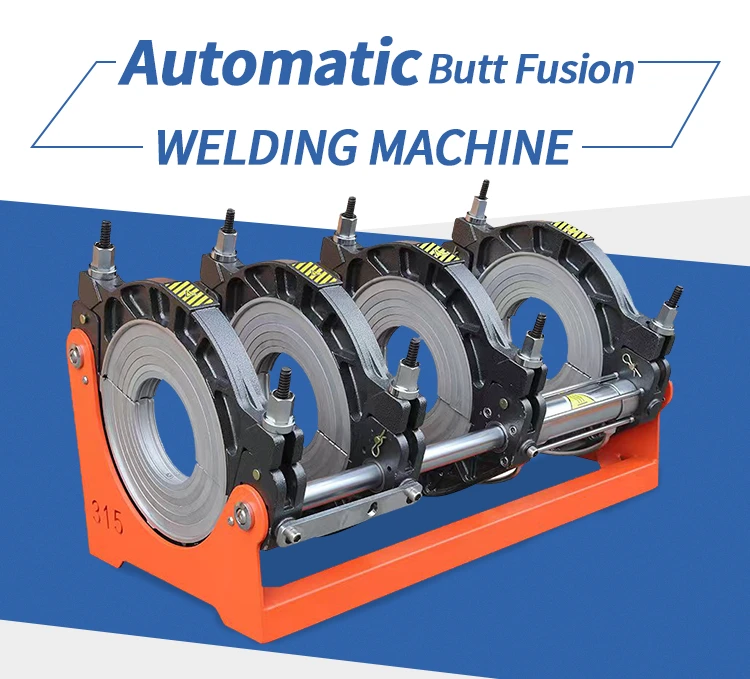Why use a PE septic tank?
80% of infectious diseases are caused by fecal pollution in toilets and unsanitary drinking water, and there are more than 30 kinds of infectious diseases related to feces. The most common ones are dysentery, cholera, hepatitis, and ascariasis.
What is the purpose of using a PE septic tank?
There are two main purposes of using a PE septic tank. First, it can improve the sanitation of rural areas and improve the quality of farmers' living environment. Second, feces contain a variety of intestinal infectious bacteria and parasite eggs. By using a PE septic tank, the feces are harmlessly treated to kill parasite eggs and bacteria in the feces and prevent intestinal infectious and parasitic diseases. Protect the health of farmers.
895912.webp)
How to use PE septic tank
Implement whole village promotion. It is organized and implemented by the project villages of the towns, parks, and offices. It is required to use the PE septic tank around the toilet. The original septic tank can be changed. The farmers who use the PE septic tank should do a good job of cleaning the original septic tank. If the original septic tank cannot be changed, the new septic tank must be opened. Dig work. Cover the open pits of pig farmers.
Three-format harmless sanitary toilet treatment principle:
The pe three-cell septic tank is composed of three interconnected sealed septic tanks.
After the feces enter the first pool, the feces are fermented, decomposed, and liquefied, and the components with a large specific gravity sink naturally, gradually forming the floating fecal skin, the middle layer of fecal liquid, and the sinking fecal residue. Since the specific gravity of the parasite eggs is greater than that of the fecal and urine mixture, they settle at the bottom of the septic tank. The ammonia and other substances produced by the decomposition of proteinaceous organic matter by anaerobic fermentation have the effect of killing parasite eggs and bacteria. The fecal fluid in the middle layer, which contains relatively few parasite eggs, flows down the fecal tube to the second tank.
The second tank is further fermented, decomposed, liquefied, and precipitated. Compared with the first tank, the number of manure skins and manure residues in the second tank is reduced, and the degree of fermentation and decomposition is low. Since there is no new manure entering, the manure liquid is in a relatively static state, which is beneficial to the insects floating in the manure tank. The eggs continue to sink.
The third pool mainly plays the role of storing manure. The fecal liquid treated by the first two grids enters the third tank, basically does not contain parasite eggs and pathogenic microorganisms, and meets the requirements of harmless feces.
Precautions for the use of three-format harmless sanitary toilets:
1. Prepare supporting items: toilet paper basket, bucket, water spoon, etc.
2. Fresh feces should be poured into the first pool, and it is forbidden to pour into the third pool.
3. Prevent the direct use of the first and second pool manure, and insist on using the third pool manure liquid. The movable cover should be closed in time.
4. About half a year to 1 year to clean up the manure skin and manure residue of the first and second pools (do not ignite or smoke at the side of the pool when cleaning the residue or taking manure, to prevent the biogas from exploding in case of fire), and the removed manure skin and residue need to be treated harmlessly (It can be treated by adding urea. The fecal residue and urea are mixed at a ratio of 100:1 or 2, and can be used after 2 days or 1 day of storage. When using, it should be diluted with water).
5. Rainwater and domestic water shall not be discharged into the septic tank. Check the third tank frequently to prevent the overflow of fecal water.
6. Even if the third pond manure is not needed, it cannot be directly discharged into the surrounding soil, rivers, lakes, and ponds.
538.webp)
528.webp)
337.webp)
317.webp)
404499.webp)
463.webp)
272532.webp)
102.webp)
115.webp)





659.webp)
210.webp)


